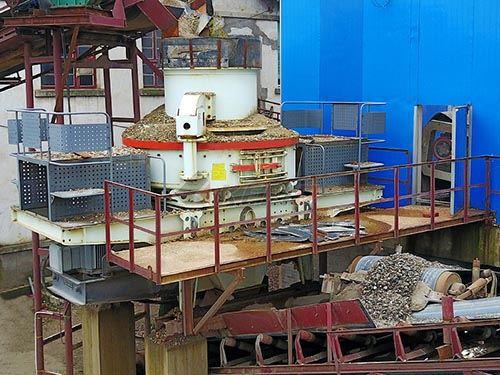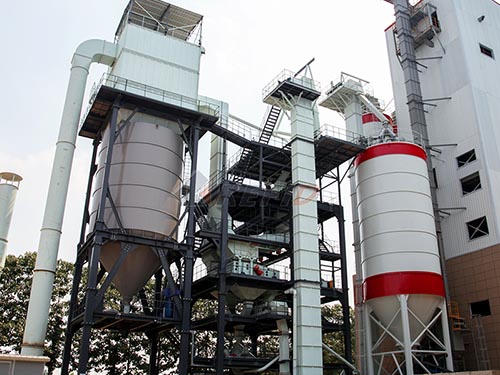Comprehensive Report on the Crushing of Concrete Cubes: Principles, Procedures, and Significance
1. Introduction

Concrete stands as the cornerstone of modern construction, forming the literal backbone of our infrastructure – from towering skyscrapers and sprawling bridges to essential dams and resilient pavements. Its ubiquitous presence demands rigorous quality control to ensure structures possess the necessary strength, durability, and safety throughout their intended lifespan. Among the most fundamental and universally employed methods for assessing concrete quality is the compressive strength test conducted on standard concrete cubes.
This report provides an in-depth examination of the process of crushing concrete cubes – a seemingly destructive act that yields critical insights into material performance. We will explore the theoretical underpinnings of compressive strength testing, detail the meticulous procedures involved in specimen preparation and testing execution according to prevailing standards (primarily ASTM C39/C39M and EN 12390-3), analyze the results obtained from such tests, discuss factors influencing outcomes, and emphasize the profound significance of this test within construction quality assurance frameworks.
2. Theoretical Background: Understanding Compressive Strength

Compressive strength is defined as the maximum load-bearing capacity of a material subjected to axial compressive forces before failure occurs. For concrete specifically:
Definition: It represents the maximum stress (force per unit area) that a concrete specimen can withstand when loaded along its longitudinal axis until it fractures.
Fundamental Property: Compressive strength is arguably the most critical mechanical property specified for structural concrete design worldwide. Design codes (like ACI 318 or Eurocode 2) base structural element dimensions (columns, beams, walls) primarily on specified characteristic compressive strengths (`f’c` or `fck`).
Quality Indicator: While not directly measuring other vital properties like tensile strength or durability parameters (permeability, resistance to chemical attack), compressive strength serves as a reliable overall indicator of concrete quality. It reflects:
The adequacy of mix proportions (cement content, water-cement ratio).
The quality and grading of aggregates.
The effectiveness of mixing procedures.
The thoroughness of compaction during placement.
The conditions maintained during curing.
The degree of hydration achieved.
3. Why Concrete Cubes?
Standardized specimens are essential for ensuring test results are comparable across different laboratories and projects globally. While cylinders are prevalent in North America (`ASTM C31/C31M`, `ASTM C39/C39M`), cubes (`150mm x 150

Leave a Reply